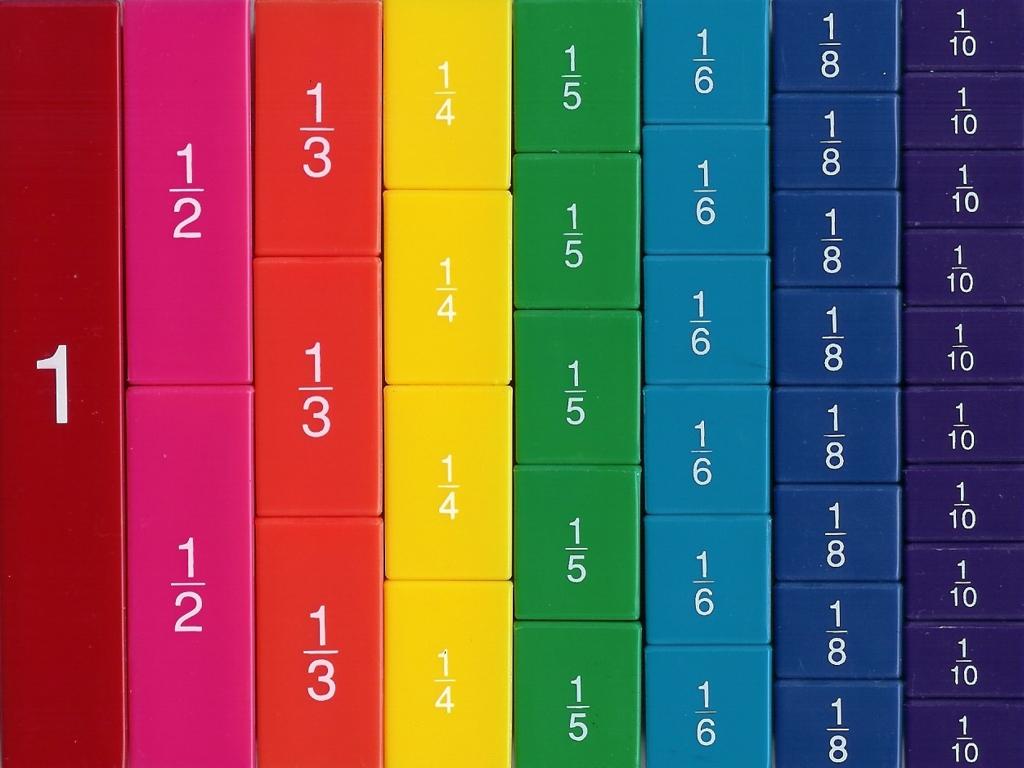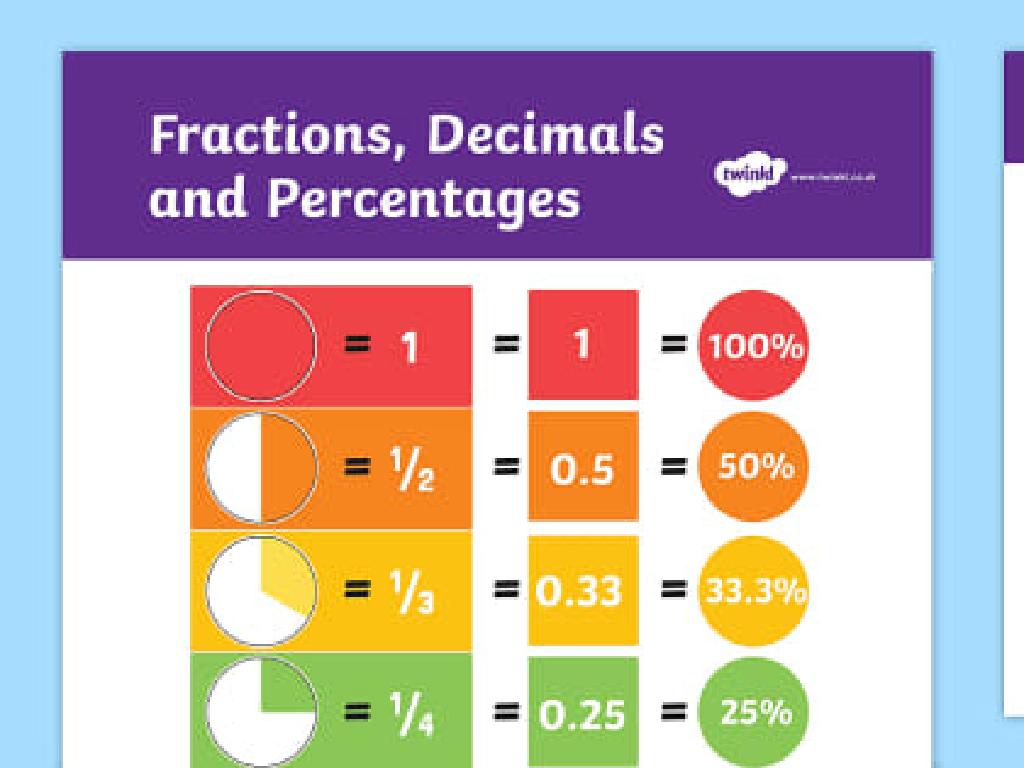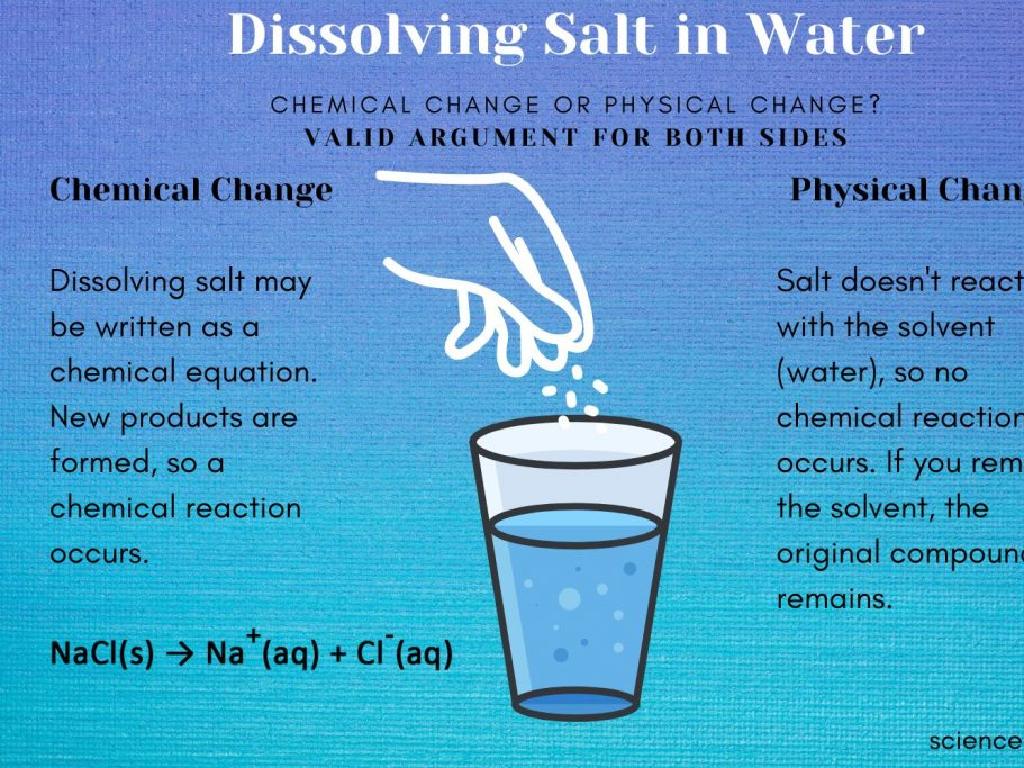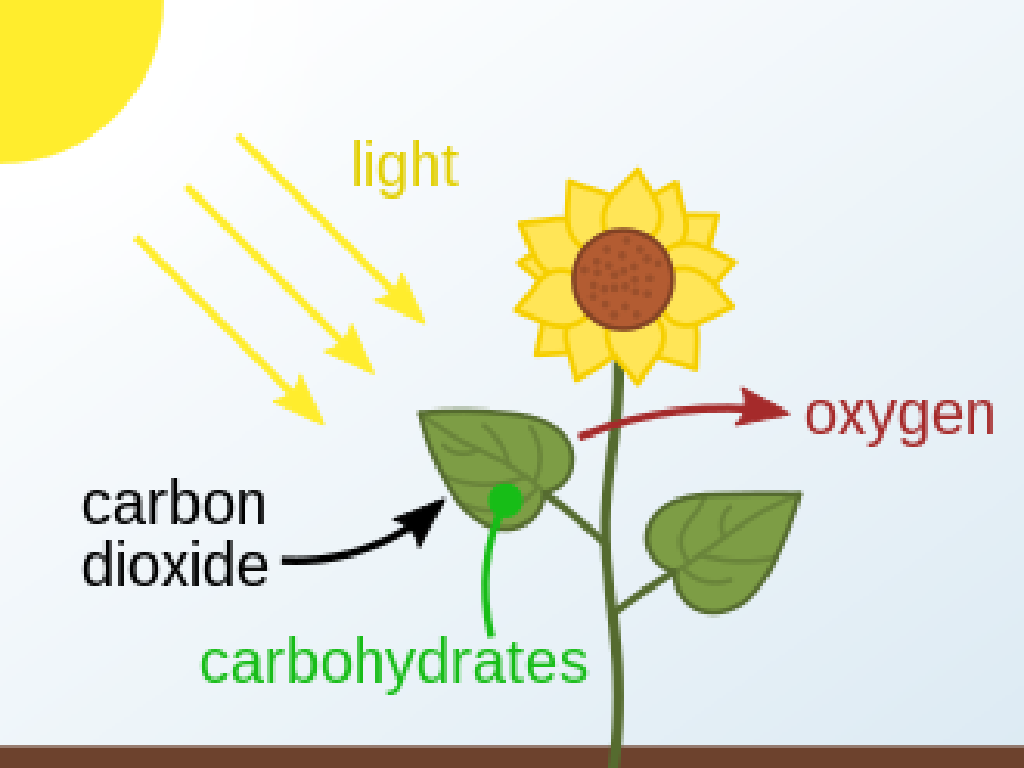Identify The Complete Subject Or Complete Predicate Of A Sentence
Subject: Language arts
Grade: Fifth grade
Topic: Sentences, Fragments, And Run-Ons
Please LOG IN to download the presentation. Access is available to registered users only.
View More Content
Exploring Sentence Structures
– Discover sentence elements
– Sentences have subjects (who/what) and predicates (action).
– Differentiate sentences from fragments
– Fragments are incomplete thoughts, unlike full sentences.
– Learn about run-on sentences
– Run-ons are sentences joined without proper punctuation.
– Identify subjects and predicates
– The subject is ‘who’ or ‘what’ and the predicate explains ‘what about it’.
|
This slide introduces the fundamental components of sentence structure, which is crucial for understanding how to construct clear and grammatically correct sentences. Emphasize the importance of recognizing complete subjects and predicates to avoid fragments and run-on sentences. Provide examples of each to illustrate the differences. For instance, ‘The dog (subject) barked loudly (predicate).’ versus a fragment like ‘In the morning.’ and a run-on like ‘The sun is high put on sunscreen.’ Encourage students to practice by identifying subjects and predicates in sentences they create or find in reading materials.
Understanding Sentences in Language Arts
– Definition of a sentence
– A sentence is a group of words that expresses a complete thought.
– Main parts: subject and predicate
– The subject is who or what the sentence is about; the predicate tells us what the subject does or is.
– Complete subject explained
– The complete subject includes the main noun and words that describe it, like ‘The quick brown fox’.
– Complete predicate explained
– The complete predicate includes the main verb and all the words that give more information, like ‘jumps over the lazy dog’.
|
This slide introduces the basic components of a sentence to help students identify and understand complete subjects and predicates. A sentence is more than just a string of words; it’s a complete thought that requires both a subject and a predicate. The subject part of a sentence tells us who or what is performing an action or being described, while the predicate explains what the subject is doing or what state it is in. By breaking down sentences into these components, students can better understand sentence structure and improve their writing skills. Use examples to illustrate the complete subject and predicate. Encourage students to practice by identifying the subject and predicate in sentences from their favorite books or stories.
Understanding the Complete Subject
– ‘Who’ or ‘what’ is the sentence about?
– The complete subject gives us the main focus of the sentence.
– Includes main noun and modifiers
– Modifiers describe or give more information about the noun.
– Example: ‘The quick brown fox’
– ‘The quick brown fox’ is the complete subject in our example sentence.
|
This slide introduces the concept of the complete subject in a sentence, which is crucial for understanding sentence structure. The complete subject includes the main noun, which is the person, place, thing, or idea that the sentence is about, as well as all the words that modify or describe it. In the example provided, ‘The quick brown fox’ is the complete subject because it contains the main noun ‘fox’ and the modifiers ‘The quick brown’ that give more detail about the fox. Encourage students to identify the complete subject in sentences by looking for the main noun and its modifiers. Practice with additional examples to reinforce the concept.
Understanding the Complete Predicate
– What does the subject do?
The complete predicate explains the action or state of the subject.
– Includes main verb and details
It’s not just the verb; it’s also the words that modify or complete the verb’s idea.
– Example: ‘jumps over the lazy dog’
In ‘The quick brown fox jumps over the lazy dog’, everything after ‘fox’ forms the predicate.
– Practice identifying predicates
|
This slide focuses on the complete predicate, which is essential for understanding sentence structure. The complete predicate includes the verb and all accompanying modifiers and words that give more detail about the action or state of the subject. Use the example to illustrate how the predicate provides information about what the subject is doing. In class, practice with sentences where students identify the complete predicate. Emphasize that understanding predicates is key to recognizing complete sentences versus fragments.
Let’s Practice: Subjects and Predicates
– Identify the complete subject
– ‘The talented musician’ is the who or what of the sentence
– Identify the complete predicate
– ‘played a beautiful melody on her shiny new saxophone’ tells us what the subject does
– Use example sentence
– Understand subject vs. predicate
– The subject is the main focus; the predicate shows the action or state of being
|
This slide is designed for a class activity where students will practice identifying the complete subject and predicate in a sentence. The example sentence provided is ‘The talented musician played a beautiful melody on her shiny new saxophone.’ Students should recognize ‘The talented musician’ as the complete subject, which includes the main noun and its modifiers. The complete predicate is ‘played a beautiful melody on her shiny new saxophone,’ which includes the verb and all the words that tell what the subject did. Encourage students to explain why each part is the subject or predicate. For further practice, provide additional sentences and have students identify the subjects and predicates. This activity will help solidify their understanding of sentence structure.
Sentence, Fragment, or Run-on?
– What is a complete sentence?
– A sentence has a subject (who or what) and a predicate (what about it).
– Understanding sentence fragments
– Fragments lack a subject or predicate and don’t express a complete thought.
– Recognizing run-on sentences
– Run-ons are sentences improperly joined without punctuation or conjunction.
– Practice identifying each
|
This slide introduces the basic concepts of sentence structure, which are crucial for effective communication in writing. A complete sentence is the foundation of good writing and must contain both a subject and a predicate to express a full thought. Fragments and run-ons are common mistakes that can make writing confusing. Students should learn to identify these errors to improve their writing skills. In the next class, we will practice identifying complete sentences, fragments, and run-on sentences through various exercises. Encourage students to bring examples of each from their favorite books or stories to discuss.
Class Activity: Sentence Detectives
– Become a Sentence Detective!
– Mission: Find subjects & predicates
– Look for the who or what the sentence is about and what action they are doing.
– Work in pairs for investigation
– Discuss findings with your partner and prepare to explain your reasoning.
– Create a ‘Sentence Investigation’ poster
– Use your creativity to display examples of subjects and predicates from your book.
|
This interactive class activity is designed to engage students in identifying complete subjects and predicates within sentences. By working in pairs, students will have the opportunity to collaborate and discuss their findings, enhancing their understanding through peer learning. The activity also includes a creative element, where students will create a poster showcasing their ‘Sentence Investigation’ which will help in reinforcing the concepts learned. Teachers should facilitate the activity by providing guidance on how to identify subjects and predicates, and by encouraging students to think critically about sentence structure. The posters can be presented to the class, providing a platform for students to articulate their understanding and to learn from each other.
Class Recap: Sentence Sleuths!
– Salute to our Sentence Detectives
– Key takeaway: Subjects and predicates
– A sentence must have a subject (who/what) and a predicate (action/info) to be complete.
– Homework: Craft 5 sentences
– Create sentences on any topic you like.
– Identify subjects and predicates
– Underline the subjects and circle the predicates in your sentences.
|
Great job today, detectives of language! You’ve learned that every sentence is like a puzzle that needs both a subject and a predicate to be complete. For homework, I want you to become authors and create 5 sentences about anything you wish. Then put on your detective hats again and identify the complete subjects and predicates in your own writing. This will help you understand sentence structure and ensure you’re always writing complete thoughts. Remember, the subject is who or what the sentence is about, and the predicate tells us what the subject is doing or provides more information about the subject. Bring your sentences to the next class, and we’ll review them together!






